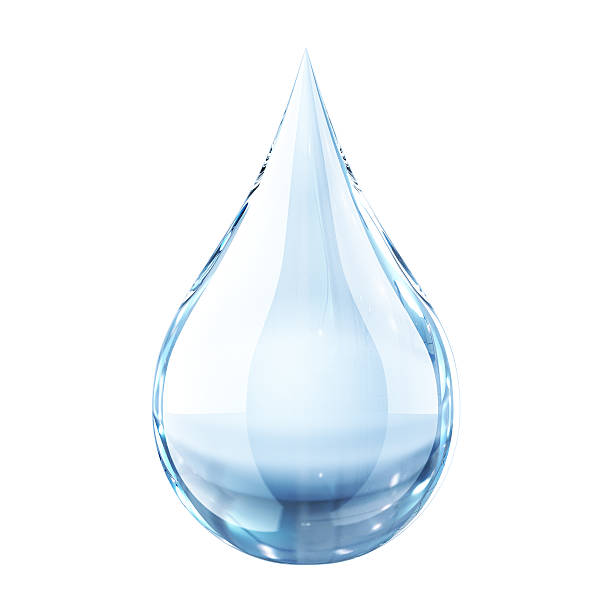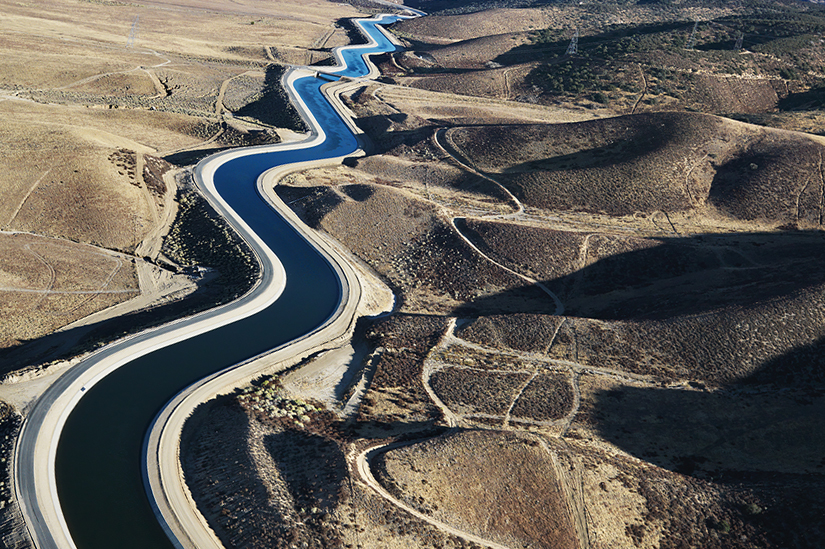Potable Water

Water Quality & Water Hardness
PFAS
David C. McCollom Water Treatment Plant
Olivenhain Water Storage Project
Cross-Connection Control
Olivenhain Municipal Water District is a member of the San Diego County Water Authority, and thus purchases all of its water supply from SDCWA. SDCWA in turn purchases its water from Metropolitan Water District of Southern California. MWD is a wholesaler that provides water to over 19 million people living in Southern California. MWD imports its water from two sources: a 242 mile-long aqueduct, which transports Colorado River water from Lake Havasu to Southern California and a 444 mile-long aqueduct that transports water from the Sacramento-San Joaquin Delta in Northern California to Lake Skinner in Riverside County.
OMWD’s David C. McCollom Water Treatment Plant allows for local treatment of raw water, which is less expensive than purchasing water treated elsewhere. OMWD customers receive water treated primarily at the DCMWTP, but may occasionally be served water treated at MWD’s Robert A. Skinner Treatment Plant and SDCWA’s Claude “Bud” Lewis Desalination Plant or its Twin Oaks Valley Water Treatment Plant.
Water Quality & Water Hardness
To learn more about the quality of your drinking water, please view our Consumer Confidence Report as well as our lead and copper, fluoride, and backflow pages. To protect water quality in its potable water system, OMWD enforces rules and regulations in accordance with all state and federal standards.
Water is considered hard when it contains high concentrations of calcium and magnesium. Though the presence of these minerals may make lathering with soap difficult or leave spots on dishes, hard water is safe to drink. These minerals can be reduced using softeners, although the reduction of these minerals does not provide any health benefits.

OMWD’s potable water is imported from Northern California and the Colorado River. Due to the long distances of travel before this water reaches your tap, evaporative losses increase the hardness of the water. As a result, the water delivered by OMWD is considered to be quite hard. Our hardness values run up to about 250 PPM (parts per million) which is equivalent to approximately 15 GPG (grains per gallon). If you are setting up a dishwasher, water softener, or other appliance requiring you to indicate the hardness/softness of your water, these are the values you should use.
Salt-based water softeners usually regenerate softeners at night and discharge a brine waste to the sewer during this process. There are many local sewer agencies that prohibit the discharge of these brine wastes into the sewer. Contact your local sewer agency for details. There are companies that provide softening services that regenerate the softening agents off-site. These services involve replacing canisters of softening agents on a regular basis. This sort of softening system is generally in compliance with local sewer regulations and is recommended over a brine system.
PFAS
PFAS, short for per- and polyfluoroalkyl substances, are a group of more than 4,700 synthetic chemicals created to repel water, oil, grease, and stains. The chemicals were initially developed in the 1940s and were designed to be nearly indestructible over time. PFAS chemicals are present in products such as makeup, food wrappers, nonstick cookware, carpets, stain repellants, and fire retardants. According to the California State Water Resources Control Board, most people are exposed to PFAS through food – via food packaging, farming processes, or bioaccumulation (gradual chemical buildup).
OMWD is committed to providing safe, reliable drinking water for its customers. The Environmental Protection Agency recently added new Interim Health Advisory Levels for per- and polyfluoroalkyl substances, or PFAS, in drinking water. None of these substances—PFOA, PFOS, GenX, and PFBS—are present in the water supplies we purchase from Metropolitan Water District, nor have they been detected in the treated water we serve to our customers. OMWD will continue its drinking water supply sampling and monitoring to ensure the continued delivery of safe drinking water to our customers.
David C. McCollom Water Treatment Plant
OMWD’s David C. McCollom Water Treatment Plant began serving water in 2002 and consists of a membrane plant incorporating the latest ultra-filtration membrane technology. Ultrafiltration is a membrane filtration process that is considered a barrier process. The water from which the solids are removed passes through the membrane. This process provides a physical barrier to pathogens and prevents the passage of solids larger than the pores in the membrane.
An ultrafiltration plant has the lowest total capital costs compared to conventional treatment costs at $30 million for the first 25 million gallons per day (MGD) increment and $98 million for the full-capacity 34 MGD plant [this does not include total dissolved solids (TDS) or hardness reduction]. Membrane technology offers more flexibility and lends itself to modular expansion. The government recognizes membrane technology as being environmentally friendly while meeting today’s regulatory standards. It also provides the ability to meet future water treatment standards.
For more information about the David C. McCollom Water Treatment Plant, view the video below.
Olivenhain Water
Storage Project
The Olivenhain Water Storage Project is an element of San Diego County Water Authority’s Emergency Storage Project for San Diego County. It includes the Olivenhain Dam and Reservoir. Details on the project can be found on SDCWA’s website.
Cross-Connection Control
To prevent the contamination or pollution of our potable water system, OMWD has enacted rules and regulations pertaining to cross-connections and the prevention of backflow.


